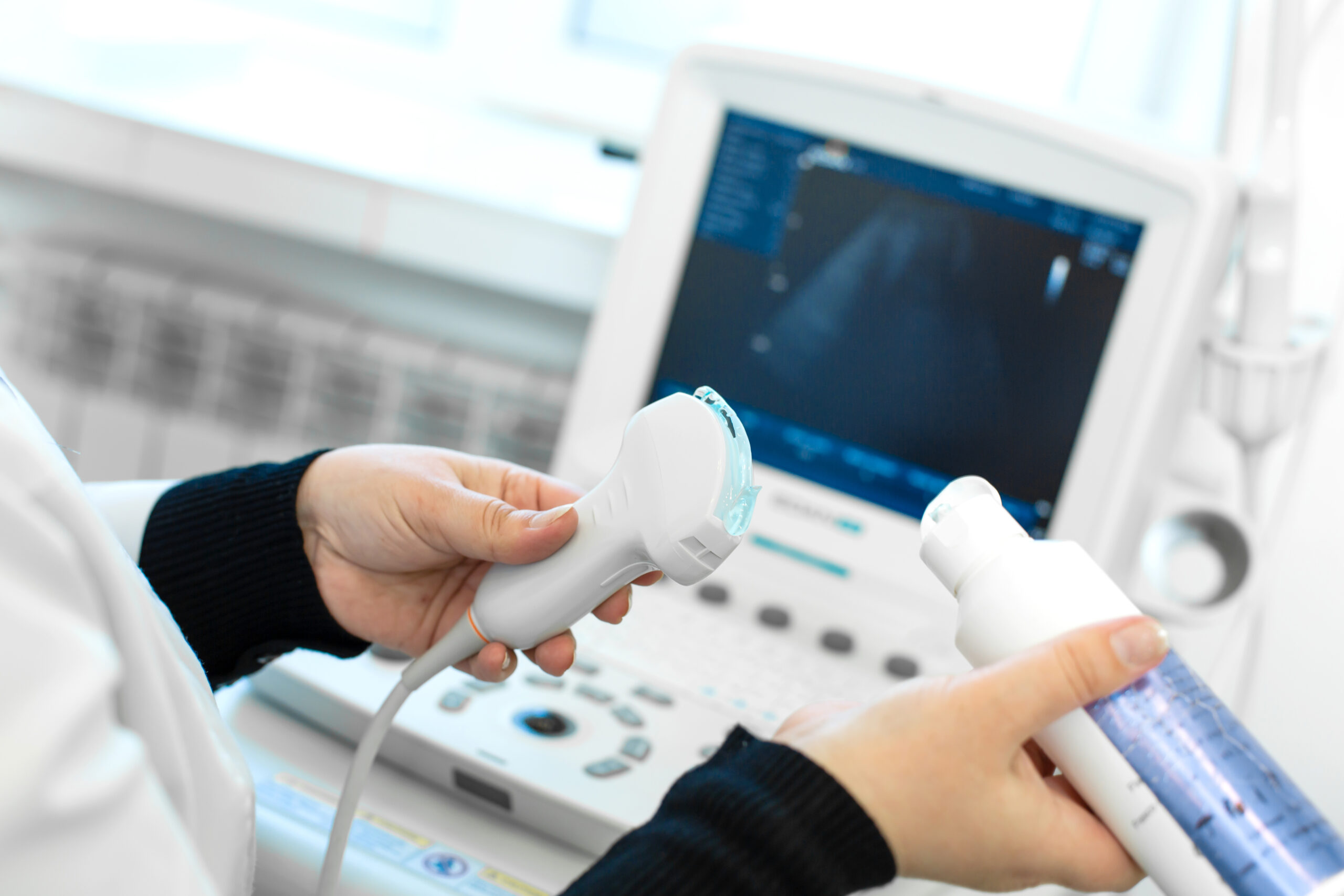If you’re a medical student considering a residency in obstetrics and gynecology, let me share one piece of advice that will serve you well from day one: learn ultrasound early.
Ultrasound is one of the most essential tools in OB/GYN. It’s used in nearly every aspect of our specialty whether confirming an early pregnancy, monitoring fetal growth, diagnosing complications, or guiding procedures. And yet, many medical students enter residency with limited hands-on experience in ultrasound.
Having worked in this field for decades and having traveled overseas early in my own career to gain exposure to ultrasound before it was widely used in the U.S, I can tell you firsthand how much of a difference it makes to start your residency with a solid foundation in this technology.
Why Ultrasound Matters in OB/GYN
Ultrasound isn’t just a helpful tool, it’s a central part of how we care for patients in obstetrics and gynecology. It’s non-invasive, widely available, and provides real-time imaging that helps guide clinical decisions.
In obstetrics, ultrasound allows us to confirm viability, accurately date pregnancies, assess fetal anatomy, and monitor high-risk conditions like intrauterine growth restriction, placenta previa, and preeclampsia. In gynecology, it helps us evaluate pelvic pain, abnormal bleeding, ovarian cysts, fibroids, and early pregnancy complications such as ectopic pregnancies.
It’s hard to overstate how much of your day as a resident will involve interacting with ultrasound—either interpreting images or performing the scans yourself. The sooner you get comfortable with it, the more confident and competent you’ll be in the clinical setting.
Start With the Basics—And Practice
You don’t need to be an expert before starting residency, but having a working knowledge of the basics will give you a major head start. Here are a few key skills and concepts I recommend developing:
- Understand the physics: You don’t need to memorize every equation, but you should understand how ultrasound works, the types of probes, and the difference between transabdominal and transvaginal imaging.
- Know what normal looks like: Learn to identify basic anatomy—uterus, ovaries, bladder, gestational sac, yolk sac, fetal pole, and heartbeat. If you know what “normal” looks like, you’ll be able to recognize when something is off.
- Get hands-on whenever possible: Ask to shadow in radiology or ultrasound departments. If you’re on an OB rotation, volunteer to perform bedside scans. Practice probe handling, image acquisition, and orienting yourself to the screen.
- Learn proper documentation: Knowing how to record findings, measurements, and write a clear report (or at least a concise note) will save you and your team time.
- Ask questions and observe: Every time you see an ultrasound being performed, ask what the provider is looking for and how they’re interpreting what they see. You’ll absorb far more than you realize just by watching carefully.
How Early Training Sets You Apart
Residency is fast-paced. You’ll be expected to hit the ground running, and having confidence in ultrasound will make you a more valuable and effective team member from the start.
When your senior residents and attendings see that you can obtain a basic scan independently or confidently assist during a complex evaluation, they’ll trust you with more responsibility. That translates into better learning, more clinical exposure, and a stronger reputation in your program.
Additionally, your ability to use ultrasound early on will directly improve patient care. Whether you’re triaging a patient in the emergency department, evaluating a pregnancy concern overnight, or assisting during a procedure, being comfortable with ultrasound can help you make faster, more accurate decisions that impact real outcomes.
Resources to Build Your Skills Now
The good news is there are more learning resources available now than ever before. Some ways to get started:
- Online courses and tutorials: Many medical schools and organizations offer free or low-cost ultrasound modules. Look for those focused on OB/GYN or early pregnancy scanning.
- Simulation labs: If your school has a simulation center, ask about practicing with ultrasound models. Even synthetic models can give you valuable experience in probe handling and image acquisition.
- Textbooks and atlases: Books like Callen’s Ultrasonography in Obstetrics and Gynecology or Basic Obstetric Ultrasound are excellent references for building visual familiarity with common views.
- Apps and video libraries: Platforms like SonoSim, Butterfly IQ, or Radiopaedia offer mobile learning and scan demonstrations that you can review on your own time.
A Few Final Words of Encouragement
Ultrasound might feel overwhelming at first, and that’s okay. Like any clinical skill, it takes practice and patience. Don’t be afraid to ask questions, request feedback, or spend extra time reviewing scans after rounds.
Remember: every expert sonographer started as a beginner. What matters most is your willingness to learn, to be proactive, and to treat each opportunity as a stepping stone.
Start Early, Learn Often
Ultrasound is the heartbeat of OB/GYN. It allows us to see what we could only imagine just a generation ago and to care for our patients with greater clarity, safety, and precision. If you’re serious about this field, don’t wait until residency to start learning. Take initiative now, build your confidence, and develop the foundation that will support you for the rest of your career.
Residency will challenge you, but it will also shape you into the physician you’re meant to be. And with ultrasound skills already in your toolkit, you’ll be that much more prepared to rise to the challenge.
So roll up your sleeves, grab a probe, and get scanning. You and your future patients will be glad you did.
